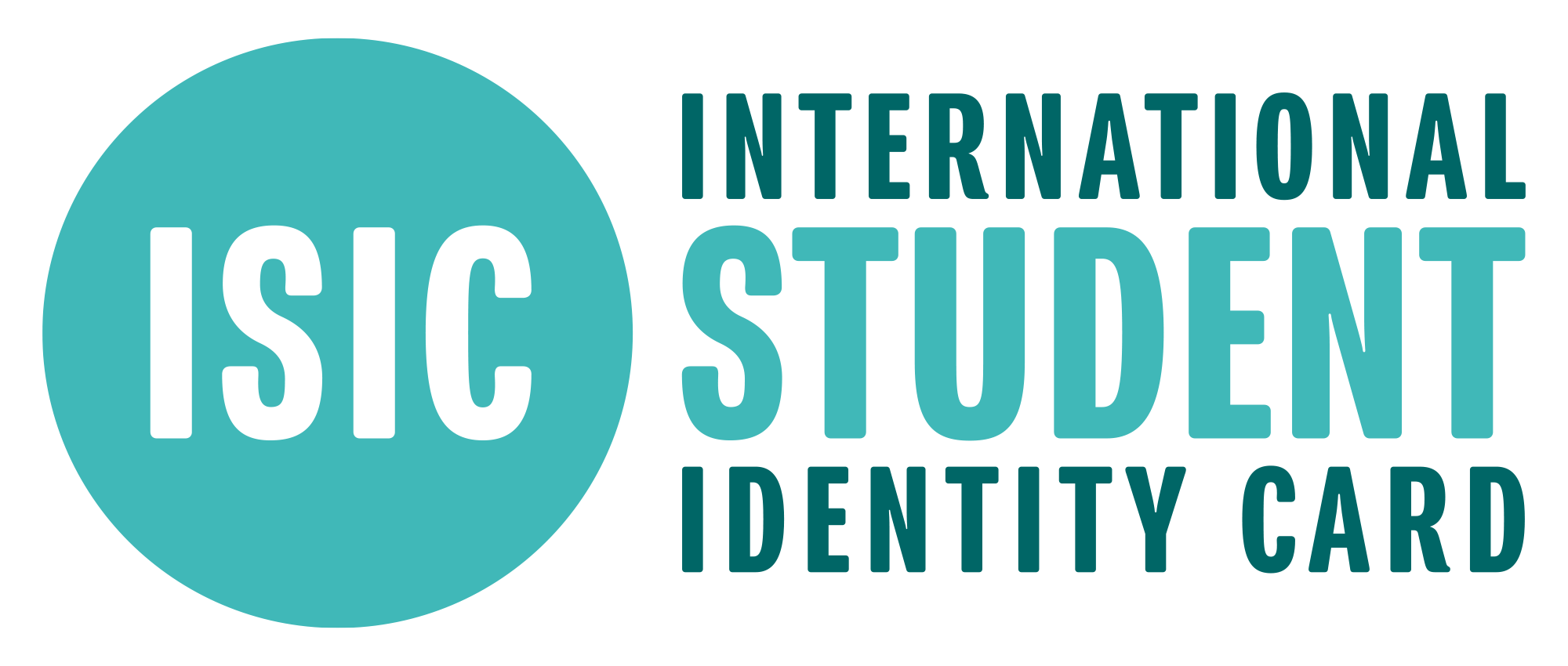
Transcribing for your thesis or studies? Check out the best tips for transcribing from AmberScript!
Stop Wasting your Time! How to Transcribe Faster with Amberscript
This article is written and produced in cooperation with Amberscript
There are a lot of things that make you waste time when studying: that way too extensive essay you don't even get a grade for, or watching fail compilations on YouTube over and over again instead of starting with your paper. With that in mind it's nice to have at least some tools that help you with other time-consuming work at university.
Transcribing, meaning typing out recorded audio, is such an annoying and time-consuming task. However, since it's an important part of qualitative research, almost every student has to deal with it at some point. In most cases, transcription is necessary for analyzing recorded interviews. The field of psychology, journalism or sociology comes to mind here, but also in economics, business administration and science, expert interviews are often conducted.
Tools for Transcription
Although you can simply outsource the transcription by giving your audio or video recordings to a transcription agency, students usually transcribe themselves as it's much cheaper. Apart from saving money, transcribing yourself also gives you a good insight into your research, even before writing your paper. It's a helpful step to become familiar with the content of what has been said. However, typing out recordings also means staring at your monitor for hours and skipping through your audio file hundreds of times. If you've never had anything to do with transcribing, it’s hard to imagine how much time it actually takes. You need 4 to 6 hours to type out just one hour of audio, depending on how experienced you are and how good the audio quality is. This transcript of one hour of audio will take up the space of 20 to 35 A4 pages. If you interviewed ten people for one hour each, it will take up to 60 hours to type out everything. For comparison: In 60 hours you could watch the first 7 seasons of Game of Thrones, go to the gym 45 times, or complete a full half-marathon training scheme.
Luckily, there are some tools that can help you! There is software and hardware that speeds up the transcription process a lot and makes it much easier. Still, don't underestimate the time and effort!
Transcription Hardware
Professional transcribers usually work with good headphones and foot pedals. Those are typical transcription hardware tools: using foot pedals makes it easier to play and stop audio files while you can continue typing and good headphones help you understand everything better and notice minute details with ease. Both help to get into a workflow more easily. If you have to transcribe regularly, the investment is definitely worth it!
Transcription Software
In addition, there are two different kinds of transcription software: software without and software with automatic speech recognition.
Software without automatic speech recognition offers convenient editors to which you can upload your audio file. Then you can use shortcuts to play the audio faster or to repeat the last few seconds. It's also possible to insert time codes or speaker names by using shortcuts. Don’t underestimate how many times a recording has to be played and paused. Shortcuts can save a lot of time with this. Still, you will not be spared typing out everything.
Technology has come a long way: there is also transcription software that uses automatic speech recognition to automatically create transcripts. These automatically differentiate between different speakers and also insert timestamps. You don't have to type out everything anymore, you just have to correct the text that the software creates within minutes. Automatic transcription software also offers online editors with speed regulation and rewind function. The automatically created transcript is linked to the audio which makes it possible to find any word or piece of audio directly. All of this reduces the working time of transcribing to 1-2 hours per hour of audio.

With the AmberScript editor, editing your transcription is easy and quick.
Tips for Transcribing
To help you transcribe faster, regardless of which tools you want to use, here are some tips. Most of them probably are quite obvious but essential for transcribing efficiently.
1. Audio Quality
If possible, use a good recording device during your interviews. It doesn't matter if you transcribe yourself, use transcription software or outsource your transcription: good audio quality is necessary for all of these options. This way you often even understand incomprehensible spoken words and the error rate of automatic transcription software is much lower. Transcription agencies usually charge extra for poor audio quality. By the way, the microphone type may also play a role here! Depending on the number of speakers and the environment you record in there are specific microphones. For most recording devices you get the best result if they are not laid down on a table (especially smart phones!) and at a distance of about 10 centimetres to the speaker. Quiet rooms are of course ideal for recording. Avoid overcrowded places like the cafeteria or bars.
2. Avoid Interruptions
It may sound obvious but interrupting each other in an interview situation is more difficult to recognize and avoid than you think as it's such a natural part of conversations. Specifically pay attention to this issue and you'll thank yourself afterwards.
3. Distinct File Names
This sounds even more obvious but software and recording devices often assign quite ambiguous file names like "track 1". To differentiate between your files more easily, assign unique names to your files. It's particularly annoying if you accidentally submit the wrong audio/ video file to a transcription agency or upload it to a transcription software. This happens more often than you think!
4. Scheduling
Start with your transcription as soon as possible after the interview and, of course, long enough before the deadline. This way you still have the content in mind and words and contexts are easier to understand. Transcribing is unfortunately a step that can't be done quickly at the last minute.
Even if you submit your recordings to a transcription office as a last resort, it takes a few days to get them back. But since you need the transcript as an analytical basis for your work anyway, you will hopefully not have to do that at the last minute ;)
5. Breaks
Never transcribe for too long at a time. After two to three hours at the latest, most people start making more and more mistakes, as it's difficult to stay focused on such a monotonous job for a long time. Take enough breaks!
Get your transcribing going
Nowadays there are many ways to make transcribing easier and faster. Depending on how much audio you have to turn to text and how much time and money you want to invest, you will surely find the right tool for you. Even if you see transcription as an insignificant annoying part of your thesis or your study project, don't forget that it's a quite time-consuming task. But if you find the right tool for you and follow the tips above, you will certainly manage transcription!
On the Amberscript website you can learn more about transcribing and automatic speech recognition. In addition, you get to transcribe 30 audio minutes for free!
Author: Thomas Dieste from Amberscript.
 Get your ISIC card
NOK 100
Get your ISIC card
NOK 100
